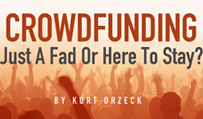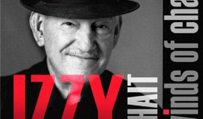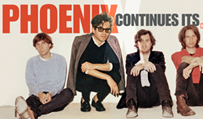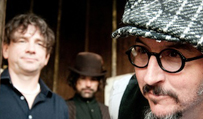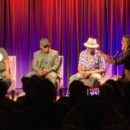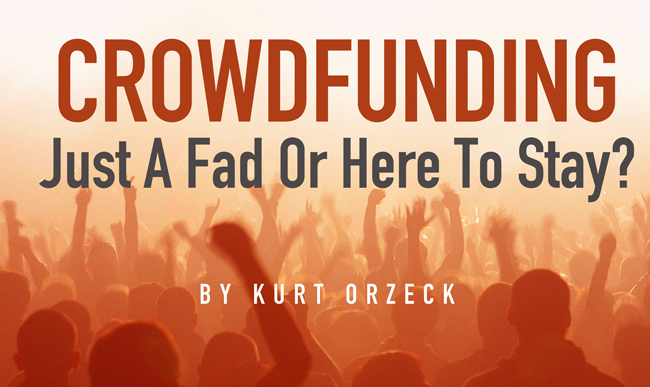
MySpace. Friendster. Radiohead’s In Rainbows model.
Music lovers were certain that those blasts-from-the-not-too-distant-past were here to stay.
But the novelty of those crazes wore off almost as quickly as they arrived.
Will crowdfunding follow in their footsteps? In a mere 10 years, the bland, technical term has come to evoke emotions ranging from rabid excitement to cynical dismissiveness. That could be thanks to a music industry still grappling for answers on how to right itself, Millennials frothing at the chance to blaze techno-trails to the future and artists clamoring for a game-changing way to pay their bills.
With some estimates projecting that crowdfunding transactions could total as high as $500 billion in 2013, this aspect of the music industry is clearly booming. But with high hopes come great skepticism.
In the following exclusive feature, Music Connection takes a close look at where crowdfunding is right now
and where it is likely to go.
Grassroots Beginnings
While the buzz word is still relatively new, crowdfunding is in many ways synonymous with the patronage of the arts, a centuries-only practice that predates the earliest forms of capitalism. If it weren’t for patronage the basic business activity––in which a person financially supports an artist––legends like Homer and Mozart may not have risen to fame.
The contemporary phenomenon has its very own Oxford Dictionary definition: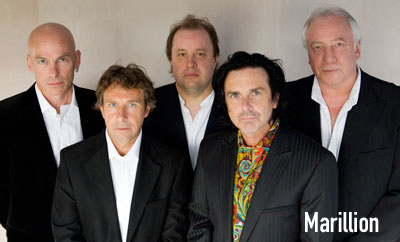
“The practice of funding a project or venture by raising many small amounts of money from a large number of people, typically via the Internet.” (Crowdfunding is not to be confused with crowdsourcing, the practice of gathering information or feedback through a paid or unpaid group of people, usually online.)
The first musicians to embrace crowdfunding appear to be Marillion. In the mid-1990s, the UK progressive rock band acted as a midwife of sorts, birthing the practice of crowdfunding by virtue of its devoted legions of fans.
Marillion was without a record deal and reluctant to tour the US on its own, as the band had lost money with every one of its Stateside treks. However, an avid group of followers––connected through an online mailing list of about 1,000 fans––would not let the idea die.
After keyboardist Mark Kelly told a rabid fan that it would cost roughly $50,000-$60,000 to fund a North American tour, the devotee raised about one-third of that amount in a few weeks, set up a bank account and put the money into escrow.
“I said, ‘I have to speak with the band about this,’” Kelly recalls.
Within six months, Marillion were touring the US with the support of $60,000 raised by fans. Thanks to media attention surrounding the crowdfunding endeavor, the band actually made a small profit with the campaign, and used it to send CDs of live recordings to anyone who had donated.
Following the surprise success of the crowdfunding effort, Marillion––desperate to break free from the shackles entailed by a record contract––decided to replicate the concept with its album-making efforts. In 2001, the band asked its burgeoning mailing list if fans would be willing to pay up front for a bonus track-laden special edition of the next Marillion album.
About 200 of the 6,000 said no, but the rest were onboard. “That was enough for us to say, ‘Okay, we’ll do this,’” says Kelly.
Marillion eventually accepted 13,000 preorders for what became 2001’s Anoraknophobia, which more than covered the costs of recording the album. After completing it, the band approached its former label EMI and reached a deal through which the band declined an advance payment in exchange for the label putting the album in stores.
Marillion has effectively used that model ever since, releasing five more crowdfunded albums. “At the time, we didn’t realize we were starting a whole Internet movement,” Kelly says. “It was born out of necessity ... it’s one of those things whose time had come.”

